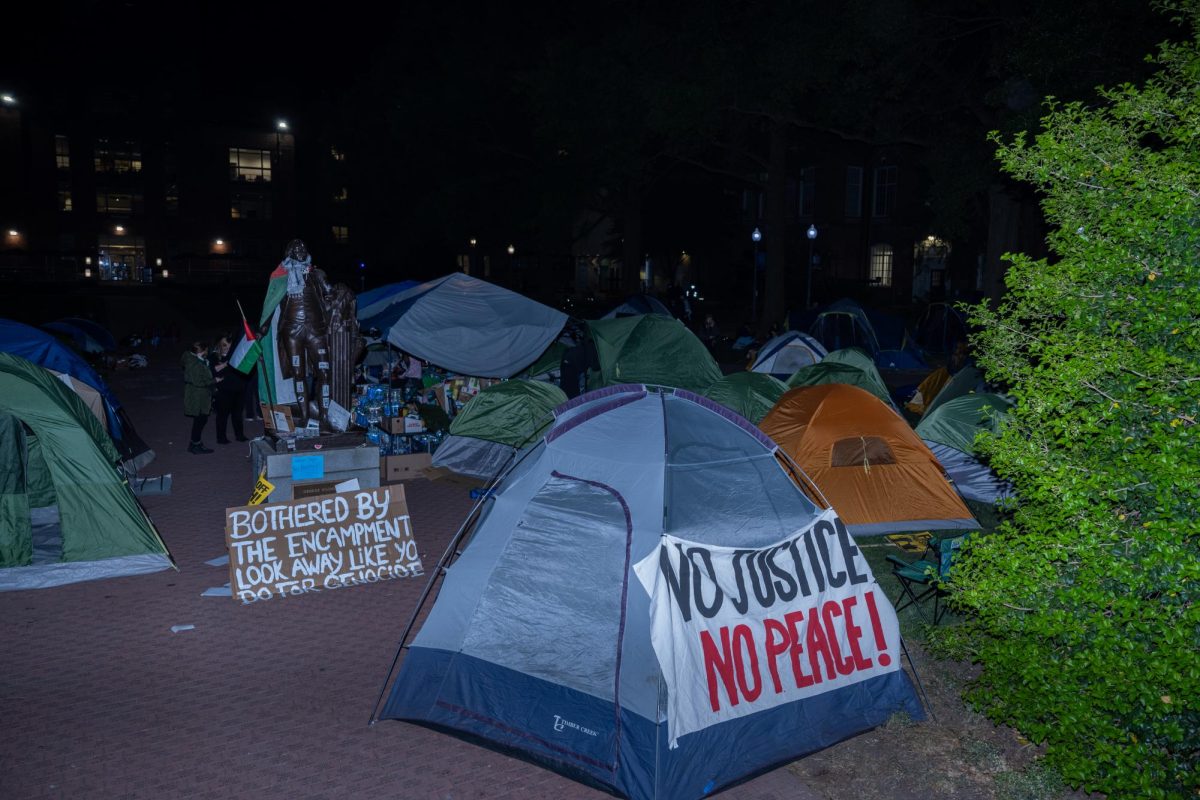A new emergency management club will allow students to receive first-aid training and learn how to respond to real-life emergencies with help from student organizations and local professionals.
The GW Emergency Management Club, which two juniors started this semester and now includes about 10 to 15 students, will host events to simulate medical disaster situations to prepare members for realistic situations they may encounter in the emergency response field and train students to perform CPR. Leaders within the organization said they felt the need to educate students on campus about how to be better prepared for real-life emergency events after noticing a lack of knowledge on emergency preparedness in the GW community.
Junior Christopher Cheng, the president of the club and a public health major, said he started organizing the group after taking Community Risk Management and Safety in Emergency Health Services for his emergency health services minor. He said the student organization plans to hold monthly general body meetings and emergency preparedness simulations, where students simulate health disasters in a discussion and learn the proper procedures that emergency management agencies follow.
“I was able to see that I could help people at a community level, whereas as a doctor I’m only helping one person at a time,” Cheng said. “With emergency management, I could help entire communities, entire populations.”
He said students who are interested in learning more about everyday preparedness for large-scale health disasters, regardless of their academic focus, can learn to perform life-saving procedures if necessary through the club.
“Not everyone’s doing an EHS minor, but this is a way that people can still find a way to learn that information, learn some really, really important skills,” Cheng said.
Cheng said the organization plans to hold first aid training events this spring, where students can learn how to perform CPR. He said members plan to invite the D.C. Community Emergency Response Team, a local volunteer program that trains residents to respond to emergencies in their communities, to host the training sessions, and he hopes to eventually expand the training to the general student body in the future.
“If you have that knowledge, you could save a life,” Cheng said.
He said members are also looking to partner with local hospitals to host tours of emergency rooms at Children’s National Hospital or the GW Hospital, where students could observe emergency settings in action.
“That will give a lot of pre-med students kind of a firsthand look as to what they’re heading toward within their career,” Cheng said.
Cheng said the student organization will host monthly “tabletop exercises,” discussions about simulated emergency events to prepare and assess plans for a hypothetical future disaster. He said the Federal Emergency Management Agency conducts these exercises, which the club will use to recreate FEMA’s training drills and give students a glimpse into the federal government’s emergency response.
“I think a lot of people will benefit from it, and a lot of great people are going to come out of the club at the end,” Cheng said.
He said the club will also collaborate with other student organizations on campus, like GW’s chapter of the American Red Cross and EMeRG, which focus on making on-campus safety information accessible to students. He said he hopes to spread his passion for emergency management with other students at GW through events and partnerships with other student organizations.
“I’m just really excited and looking forward to reaching out to them and hopefully setting up a bunch of future events with outside organizations,” he said.
Sean Tajanlangit, a junior and the organization’s chief of planning, said he was unfamiliar with the emergency management field before he began volunteering to administer COVID-19 tests through a New Jersey branch of the Medical Reserve Corps in Middlesex County, which exposed him to the inner workings of emergency management systems.
“There was just a lot of basic essential pieces of knowledge that I didn’t even know, such as tabletop exercises,” he said. “I just felt in order to enhance not my resume but my skills in the pre-med field, this club was the perfect way to get me started.”
Patrick Tajanlangit, a junior and the organization’s chief of operations, said the club is using social media platforms like Instagram to inform students about its founding and gain new members. He said the Student Association and Office of Student Life accounts reposted the club’s original post, and the Division of Safety and Security reached out via Instagram to discuss future collaborations between the two organizations.
“If someone’s dying, I’d love to help them, and I feel like this club definitely teaches you from the basics to the in-depth part,” he said. “The Emergency Management Club will attempt to provide students with the first aid skills to act in such a situation.”








